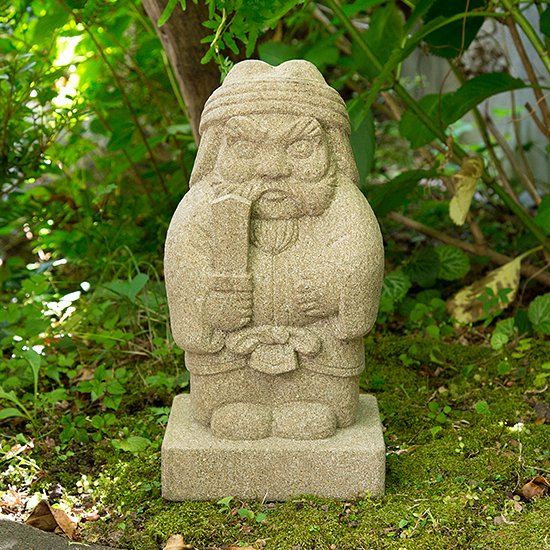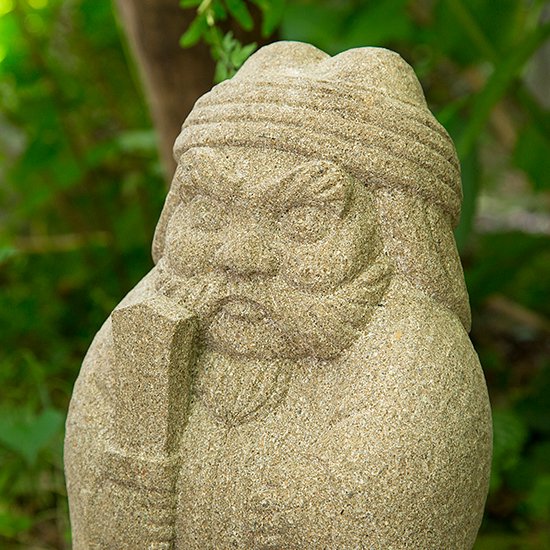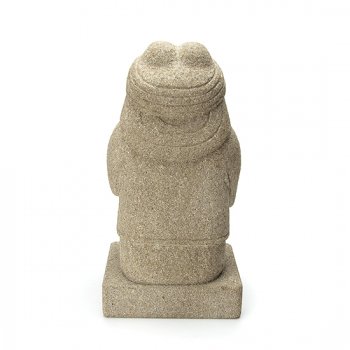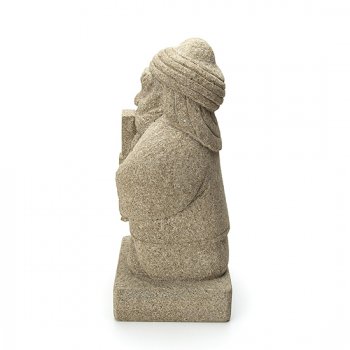������Ⱦ�꤯�դ���äƤ������Ԥʤ�ǤϤΡ�̵��©�Ҥ�ꤦ����Ρ����Ŀ��ġ�����ơ�����˼������뤳�Ȥǡ����֤�����ǫ�����֤����ꡢ���������ڤʽ����֤ΰ�ǫ�����ۤ����Ȥ��Ǥ����ꡣ����ʡ���������ä���Ȥ����������䡢���֤��Ϥ뤭�ä����Ȥʤ뤿��ˡ����Ԥ��в������Ф��������ǥ�����ξ��Ĥ����Ĥ���ޤ�����
���äƤ���롢���Ĥ���
���Ĥ���ϡ�������λ���˼ºߤ�����ʪ�Ǥ��������θ������뤬�µ��Ǿ��������Ƥ����������Ĥ���̴����˸��졢����ʧ�ä��Ȥ���Ƥ��ޤ������衢�������������θ��̤�����Ȥ��졢�Ȥ��äƤ����������ꡢ̵��©�Ҥ�ꤦ����ˡ����Ĥ���γ�����������������Ǥ��ޤ�����
�����ξ��Ω�ġ����Ԥξ��Ĥ���
���㮤�ʤɤˡ��ҤȤ����Ҵ��ʵ��Կͤϡ��Ť�����ٵ���ʧ�äƤ����¸�ߤȤ��ơ����Ĥ���Ĥ��Ƥ��ޤ��������Կͤϡ����٤ν��郎���������դ����ꡢ���������ä��ꤹ��ȡ����������Ϥ�ķ���֤äƤ����ٵ��������ȤβȤ��������Ǥ��뤳�Ȥ�Ƥ��ޤ����������ǡ�����β����ξ�ˡ���������Ȥ������Ĥ��������ܤ����������äƤ����������ȹͤ��ޤ��������Ǥ⡢���Ԥ�Į���⤯�ȡ������ξ�˴��ǽ��褿���Ĥ���Ĥ��뤳�Ȥ��Ǥ��ޤ���
�����ޤ����Ȳ��������������롢�Ƥ��ߤ䤹���ǥ�����
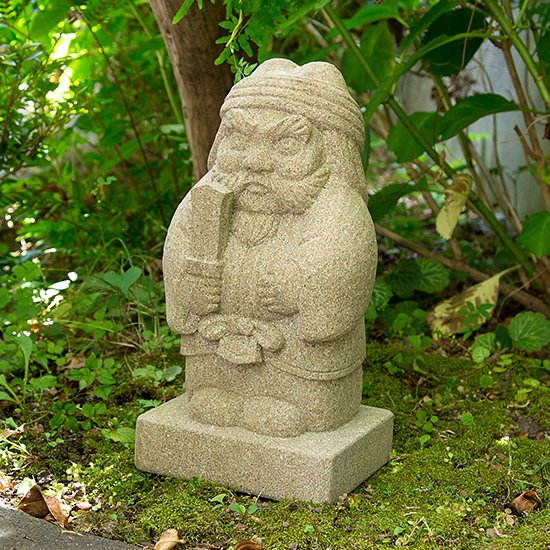
������Υǥ����ʡ��ˤ�롢���̤˥ǥ����줿���Фξ��Ĥ��������Τ��Ȥˤ�������䤹����ͥ�����������ߤΤ��롢�ݤߤ��ӤӤ��ե����ˤ��ޤ�������������ä�������äƤ������������ʡ��϶�������ä������ޤ���ɽ���Ƥ��ޤ���
�¡��Τ���鷺�����ޤ��ޤʶ��֤�Ĵ�¤��ޤ���
������Τ����Υ�ե������£��ʪ�Ȥ��Ƥ��������줿�����ͤ���⡢���������������ˤ褯�����ߡ����Ǥ��������ޤ�����
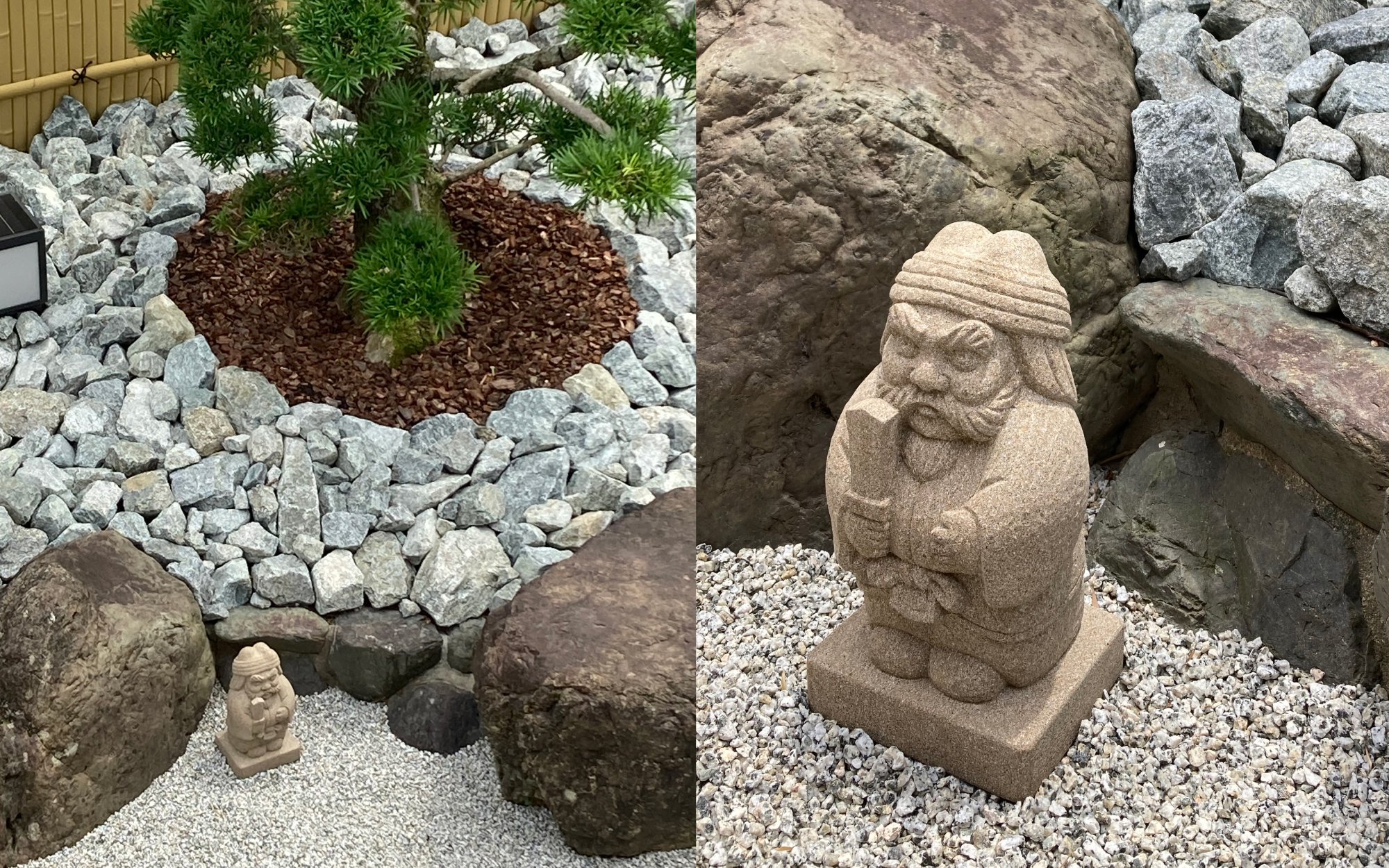
�纬���������Ф���ѡ����礤���Ѳ���̣�廊�ޤ���
�Фϡ��纬�����ų�������Ρ������Ф���ѡ������Фϡ������θ������䡢���������������ʡֽб������ơפ˻��Ѥ����к�Ȥ��Ƥ��Τ��Ƥ��ޤ�����ʯ����ˤ��д����м��ˤ���Ѥ��줿����ˤ����к�Ǥ���
�����Фϡ����֤ηв��ȼ�äơ�ɽ���Ѳ�����Τ�̥�ϤǤ����Ф��ڤ�Ф������ϡ��Ĥߤ��ӤӤ����Ƥ��ޤ���������˿�ʬ��ȴ������쿧�Ρ����餫�ʿ����Ѳ����ޤ������������ʤǤ�ſ���������졢�ݤ��դ��䤹���������Τ�����֤ˤ��줤���Ϥ����ߤޤ���
���ͤˤ���Ħ��κ���
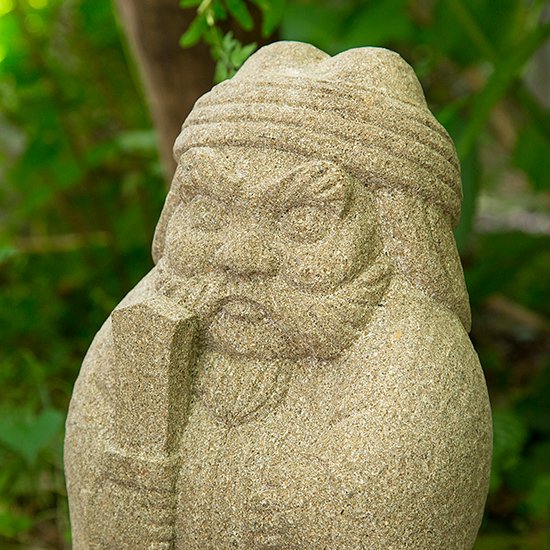
���Ф��������Ĥ���ϡ����٤Ƥ����ꡣ�纬�����й�����İ����ǫ��Ħ��夲��Ħ���ʤǤ����Ҥ���ȱ�����¤ߤ䡢�ؤ���ʬ����ʪ���Ӥʤɡ��ǥ��ơ���ˤ⤳����ä����ʤǤ���Ω��Ū��¸�ߴ��Τ�����Ĥ���ϡ��פ鷺���äƤߤ����ʤ�褦�ʴ����٤˻ž夬�äƤ��ޤ���
���ʾܺ�
�Ǻࡧ�纬���������Сʶų��������
�⤵��35.5 cm (�������� 5 cm)
������18 cm
���ԡ�15 cm
�Ť���11.6 kg
����갷����Τ�����
�� ���ξ��ʤϡ��������к�ǽ���Ƥ��ꡢ��Ħ��κ��ʤǤ������Τ��ᡢ��İ�Ĥο�̣��ɽ���ۤʤꡢ�ޤ����֤��Ѳ��ˤ�äƿ��礤���Ѳ����ޤ���
�� �����Ǥ⤴���Ѥ��������ޤ���
�� ��������κݤϡ�����ڤä����ݥ���餫���ۤʤɤǡ��褴�����Ȥ��Ƥ���������
�� ľ�������ʤ�Ĺ���֤θ��ξȼͤˤ�äơ������Ѳ�����ʤ��ǽ��������ޤ���
���������ᥤ�ɤ���¤�ʤ⾵��ޤ�
���������ᥤ�ɤ���¤��������ǽ�Ǥ���������ä��ȼ�����¤�ʤ�Ĥ��ꤿ�����ϡ������ڤˤ����̤���������
����ʸ�������Ƥ��顢�������Ĺ�����п��͡��������ݻΡˤ���Ħ�����������ޤ��������ͤΥ�����˹�碌���м��ù��Τ���Ƥ��פ��ޤ���
����ˤϡ�������ۤɤ����֤�ĺ����ǽ��������ޤ���
���������ᥤ�ɤΤ����̤ϡ����䤤��碌�ե���������ɤ�����
In Kyoto, where people have long coexisted with the belief in Shōki, a deity believed to ward off evil spirits and ensure good health, there is a tradition of incorporating this faith into daily life. By embracing Shōki, one can arrange their living space more thoughtfully and sincerely wish for the well-being of their cherished home. To foster a warm and relaxed atmosphere and create moments of tranquility, Kyoto's stone shop, Ishimo, has crafted a new design of Shōki.
Shōki, Guardian Against Misfortune
Shōki is said to be a historical figure from the Tang Dynasty in China. Legend has it that when Emperor Xuanzong fell ill, Shōki appeared in his dream and drove away evil spirits (oni in Japanese). Since then, Shōki has been regarded as effective in dispelling misfortune and evil (oni), and people have adorned their homes with Shōki's paintings or statues to protect their households and wish for good health.
Kyoto's Shōki, Standing on Rooftops
People in Kyoto, particularly sensitive to misfortune and curses, have long revered Shōki as a guardian against malevolent forces. Fearing that negative energy rebounding from neighboring houses with demon tiles or nearby temples could infiltrate their homes, Kyoto residents began placing Shōki statues on the roofs of their houses. Even today, walking through Kyoto, you can find Shōki statues crafted from roof tiles adorning rooftops.
A Design that Balances Strength and Warmth
Designed by specialists in stone, Ishimo's Shōki features a unique design that seamlessly fits modern homes. Its gentle and warm rounded form is approachable, yet it retains a robust expression that exudes the strength needed to ward off misfortune. Suitable for both Japanese and Western interiors, it harmonizes with various spaces.
Made from Shimane Prefecture's Kimachi Stone, with Evolving Texture
The statue is crafted from Kimachi Stone, a type of tuffaceous sandstone produced in Shimane Prefecture. Kimachi Stone is known for its use in glaze materials and as the primary material for the nationally designated traditional craft, "Izumo Stone Lanterns." With a history dating back to the Kofun period (approximately A.D. 300 to 600), Kimachi Stone has been used for many ways in Japan. The feature of its stone is that its color changes as time goes. Initially having a bluish tint when quarried, it gradually loses moisture, changing into a soft brown color. Since it gets moss easily, it can blend into natural surroundings.
Artisanal Hand-Carved Masterpieces
Every Shōki statue from Ishimo is meticulously handcrafted by stone artisans from Shimane Prefecture. Every small part, such as beard, hair texture, fingers, and the obi (sash) of the kimono, is carved carefully.
Product Details
Material: Kimachi Stone of Shimane Prefecture(tuffaceous sandstone)
Height: 35.5 cm (including the base of 5 cm)
Width: 18 cm
Depth: 15 cm
Weight: 11.6 kg
Handling Instructions
- As this product is made of natural stone and hand-carved, each piece will have unique colors and expressions that may change over time.
- Suitable for outdoor use.
- When cleaning, use a sponge or soft cloth dampened with water to remove dirt.
- Prolonged exposure to direct sunlight may accelerate color changes.
Custom-Made Stone Products Available
Ishimo also accepts orders for custom-made stone products. If you have a specific vision for a unique stone creation, feel free to consult with us. Each piece is individually hand-carved by traditional stone craftsmen in Japan based on your preferences for stone type and design. Please note that the production process may take several months.
For inquiries about custom orders, please use the contact form.
���ξ��ʤ���ä��ͤ�
����ʾ��ʤ���äƤ��ޤ�
����ʾ��ʤ���äƤ��ޤ�
-
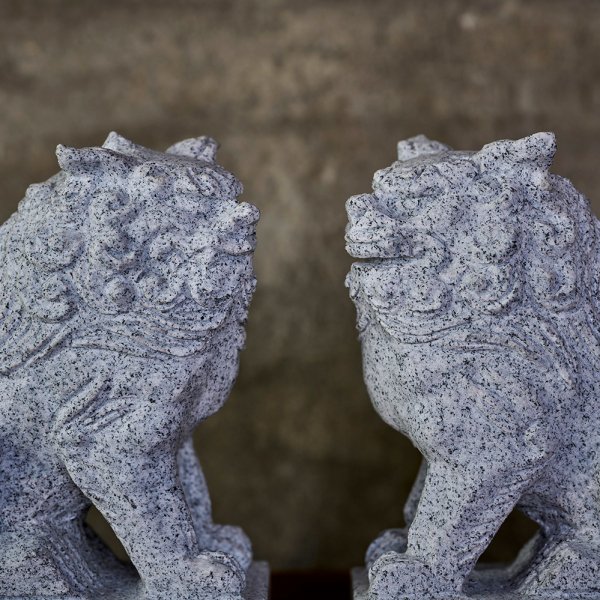 ������� | Komainu (Japanese guardian dogs)
���з����� | Komainu (Japanese guardian dogs)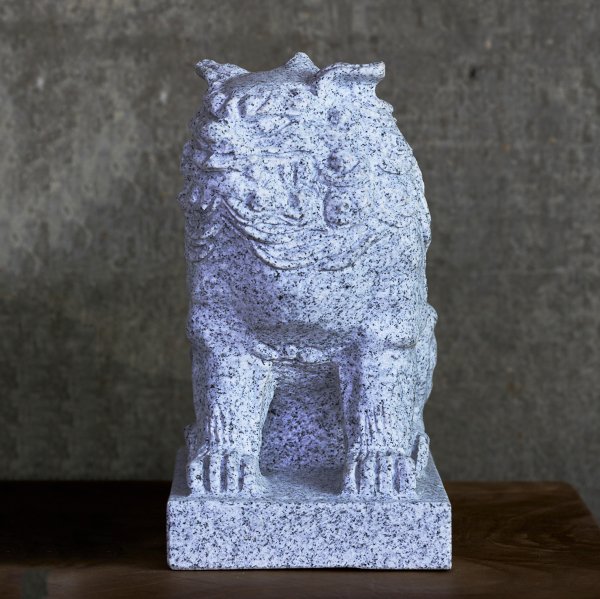 70,000��(�ǹ�77,000��)���ܸ���ι�������������˼������ơ������ΰ�ǫ����ȯ�ͤΡ������з������٤⤵15�ѤΥ���ѥ��Ȥʥ������ǤĤ���ޤ�����
70,000��(�ǹ�77,000��)���ܸ���ι�������������˼������ơ������ΰ�ǫ����ȯ�ͤΡ������з������٤⤵15�ѤΥ���ѥ��Ȥʥ������ǤĤ���ޤ����� -
 ������������� | Kimon (demons' gate) stone
����������С��� | Kimon (demons' gate) stone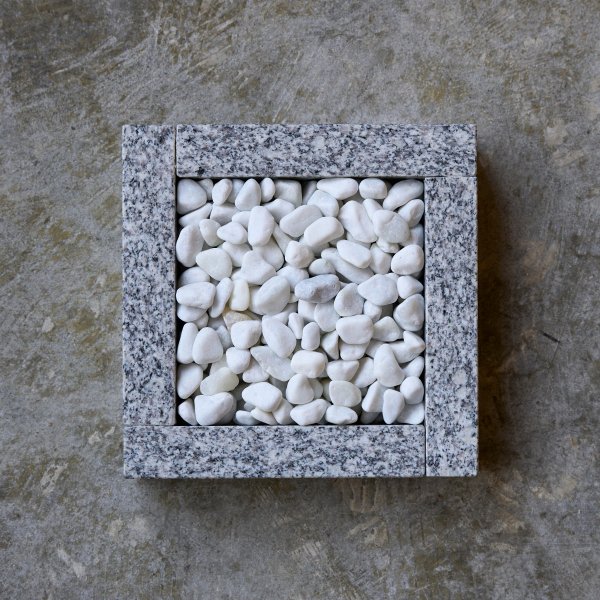 35,000��(�ǹ�38,500��)�ٵ�������Ȥ���뵴����������ݤĤ���Ρ������С��ФΰϤ��ˡ����Ф������������Ԥ�������ƥꥢ�ˤ��ޤ�����
35,000��(�ǹ�38,500��)�ٵ�������Ȥ���뵴����������ݤĤ���Ρ������С��ФΰϤ��ˡ����Ф������������Ԥ�������ƥꥢ�ˤ��ޤ����� -
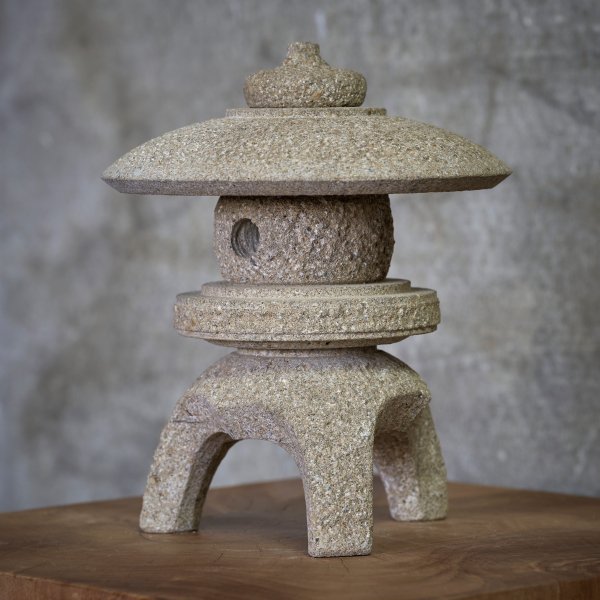 �����Фξ������㸫��϶��5����| Small Stone Lantern (8.27 inch in height)
�����Фξ������㸫��϶��5����| Small Stone Lantern (8.27 inch in height) 30,000��(�ǹ�33,000��)�纬���������Ф���Ѥ���������ξ������㸫��϶�Ǥ����⤵17�ѤȤ�������ѥ��Ȥʤ��顢�ܳ�Ū�ʻž夬�ꡣ�������Υ���ƥꥢ�䤪���Υ�������Ȥˡ�
30,000��(�ǹ�33,000��)�纬���������Ф���Ѥ���������ξ������㸫��϶�Ǥ����⤵17�ѤȤ�������ѥ��Ȥʤ��顢�ܳ�Ū�ʻž夬�ꡣ�������Υ���ƥꥢ�䤪���Υ�������Ȥˡ�

